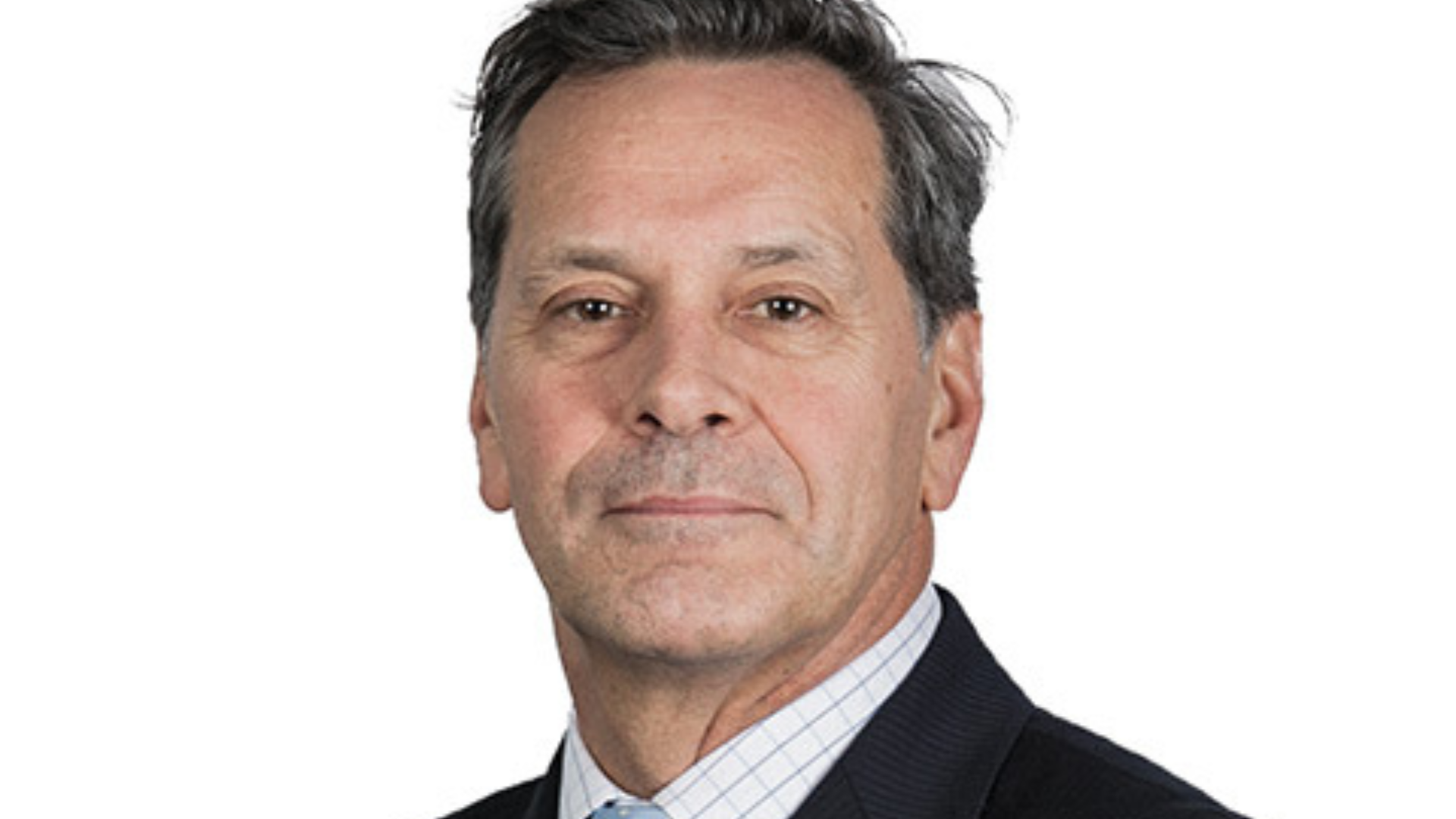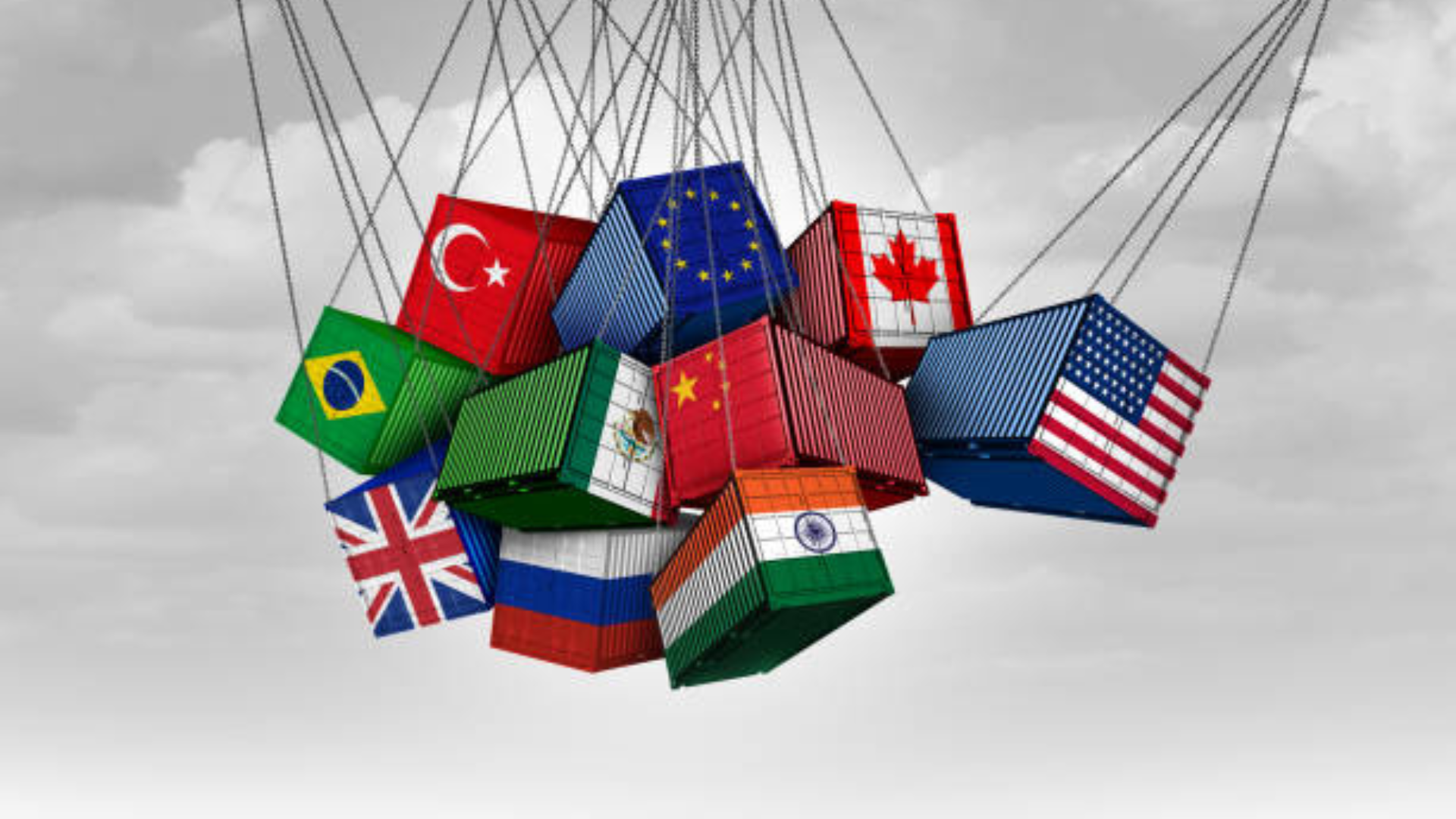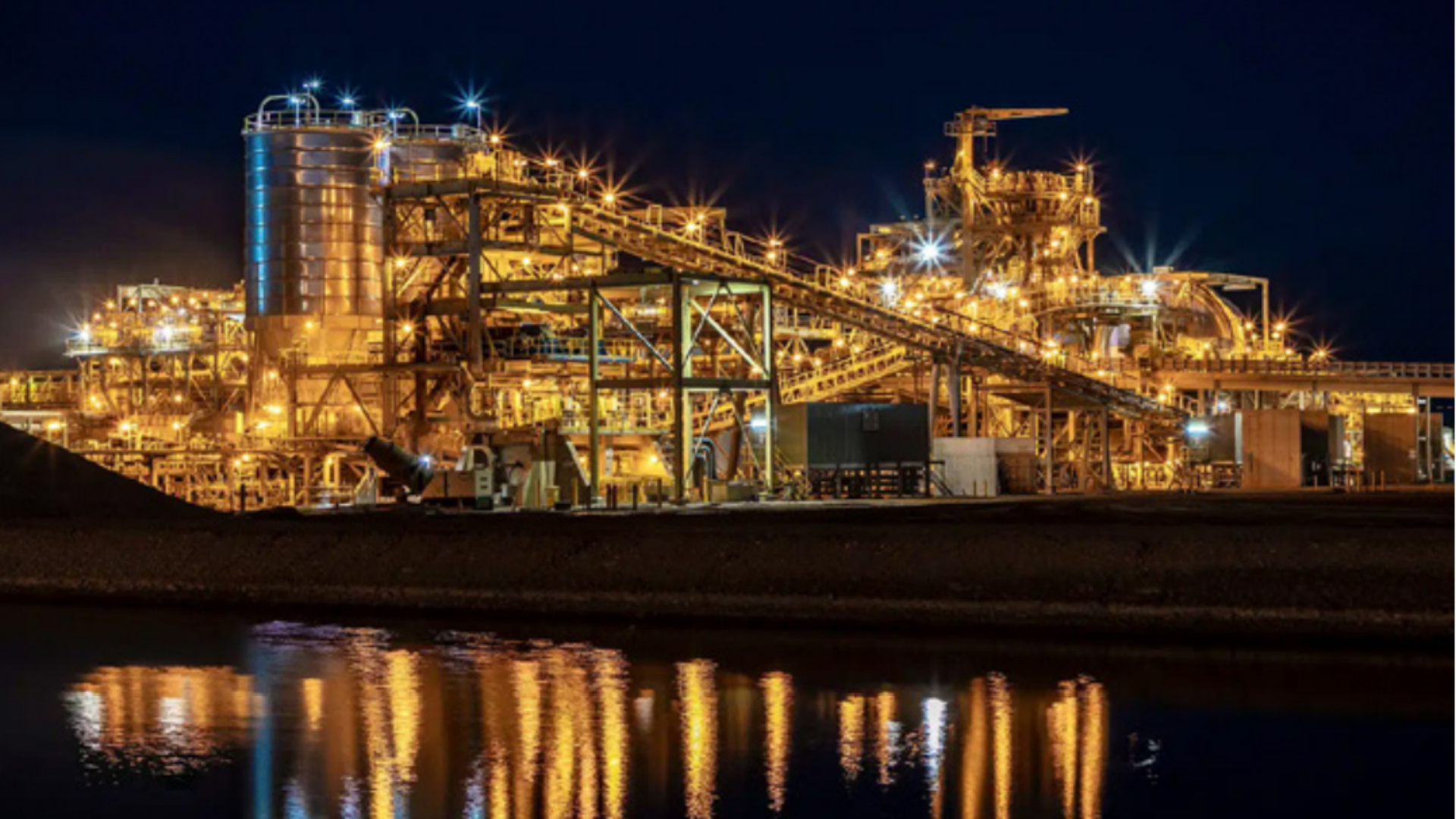Investors betting bigger even as the odds change: Ruffer
When everybody’s betting on good news, it’s easy to be disappointed.
Such was the case in early August, when bad jobs data from the US, uncertainty around the direction of monetary policy and a rate hike from the Bank of Japan saw the VIX spike and the S&P fall in an episode eerily reminiscent of 2018’s ‘volmageddon’.
“This really demonstrated some of the market fragility that we’ve been worrying about for a couple of years,” Alex Lennard, co-manager of three of Ruffer’s flagship funds, told clients last week. “When you have higher degrees of certainty and extreme positioning, small moves can have outsize effects on markets.
“This was a very clear warning shot: markets are fragile and have significant vulnerabilities within them. We saw a wobble, but it couldn’t even be classified as a correction, let alone a crisis; markets didn’t even fall 10 per cent in the US.”
During the selloff, markets became gappy and illiquid, suggesting that even the trading machines stepped back. The “airbags” in Ruffer’s portfolio went off; duration was a boon, as were “unconventional protections” – derivatives, in the form of equity put options on the S&P500 – while its investments in gold also worked, selling off in the most acute part of the panic attack but later recovering. But the August warning shot “hasn’t been heeded by investors” and markets have recovered back to all time highs.
“Normally, when volatility, the VIX, goes above 35, it takes six months for markets to fully calm down and put themselves back together,” said Duncan MacInnes, co-manager of two of Ruffer’s flagship funds. “In this instance, volatility was back below 20 within a week, and I think that speaks to the willingness of investors to compartmentalise the problem and get back in the water.”
And there’s an “awful lot of homogeneity” among investor portfolios, MacInnes said; the US has five per cent of the global population, 20 per cent of global GDP, but makes up 70 per cent of the global market cap – and anybody who is benchmarked has been forced by that benchmark (or underperformance against it) into US assets. Markets are now characterised by “very extreme positioning and higher degrees of certainty expressed by sentiment”, and even hedge funds are as long as they’ve ever been.
But the weather (almost) always changes – and “the adjustment could be very severe”.
“If anything happens to change market certainties, investors are going to have to change their positions very significantly,” Lennard said. “Given the degree of leverage embedded in portfolios and markets, it’s unlikely this will happen in a fashion that’s not disruptive.”
“The certainties may prove right; the Fed may be able to engineer the perfect soft landing. But given where risk premiums are, that’s already in the price. Where the true asymmetry is is in questioning the market certainty rather than being complacent and assuming that it’s going to continue.”











